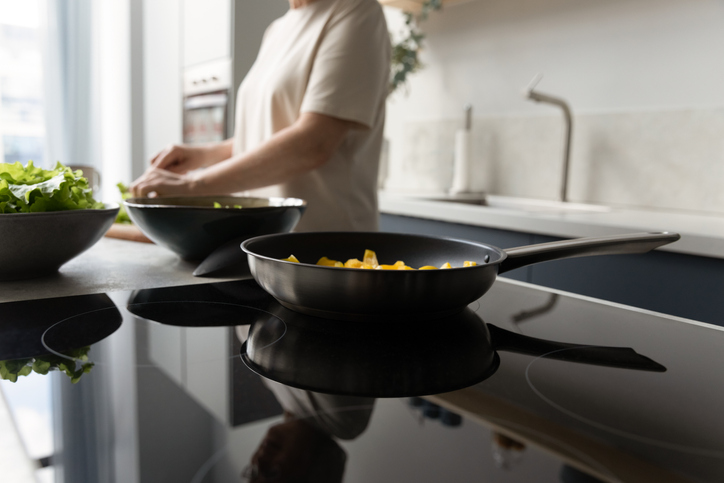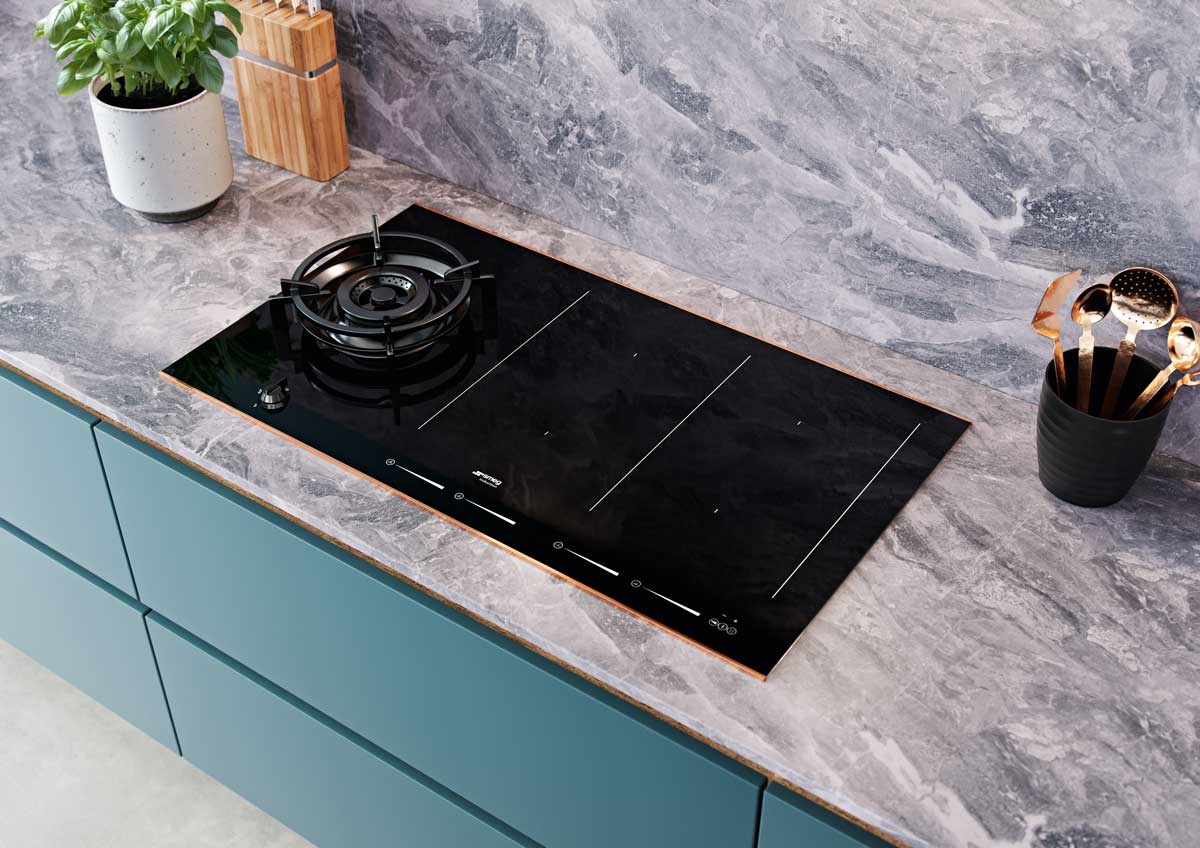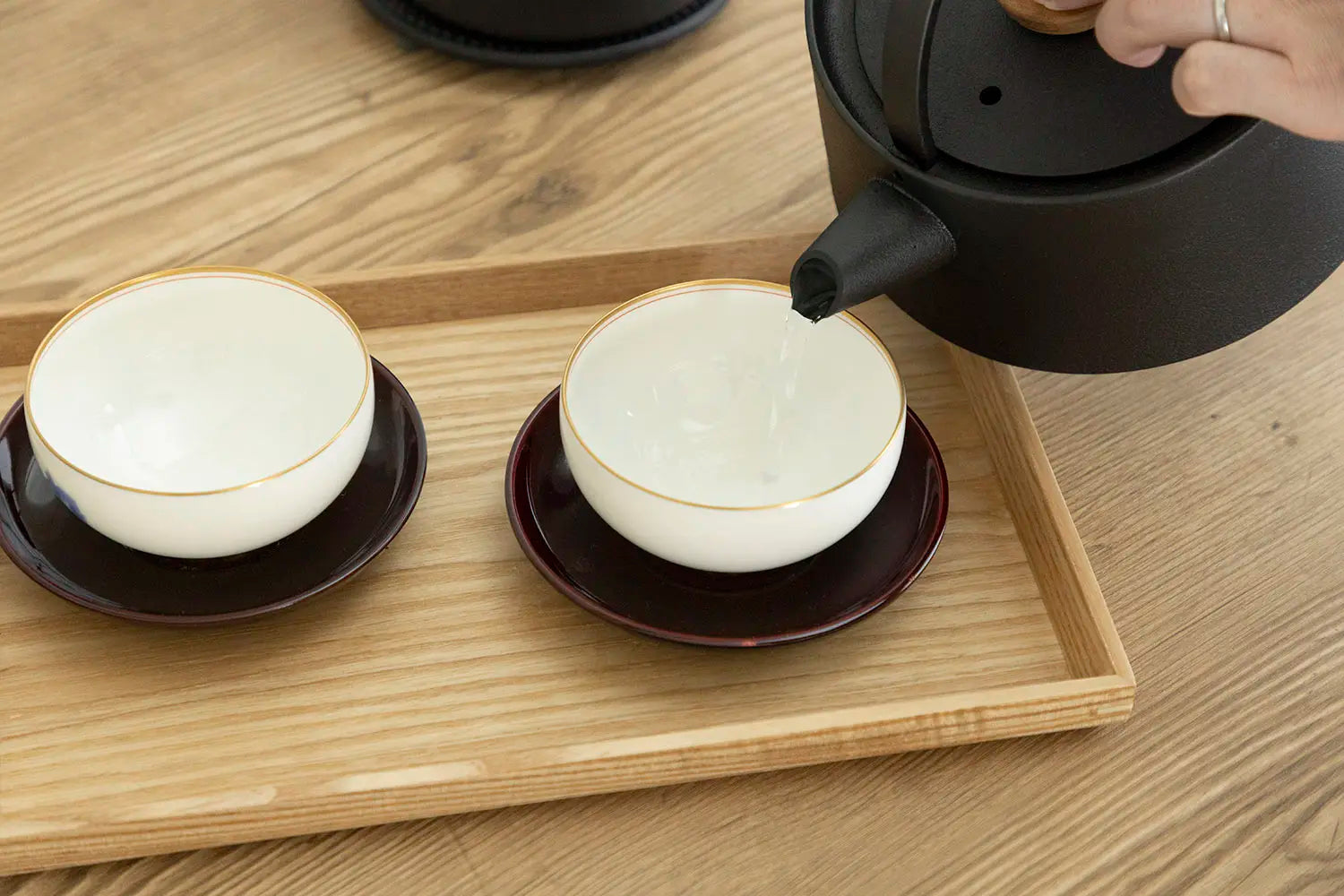In the fast-paced environment of professional kitchens, the selection of cookware can have a major impact on both the quality of your culinary creations and the lifespan of your kitchen appliances. A common challenge many chefs encounter is maintaining the flawless appearance of their glass cooktops while utilizing the sturdy and heavy cast iron cookware. Glass cooktops are admired for their stylish, contemporary design and efficient heat distribution, but they require careful use to prevent scratches and cracks caused by heavy pots and pans.
The question of how to safeguard a glass cooktop from cast iron is not merely about avoiding superficial harm; it also concerns preserving your investment in high-quality kitchen equipment for years. This guide will delve into practical strategies that culinary experts can adopt to protect their glass surfaces without sacrificing the advantages of cooking with cast iron.

Recognizing the Delicacy of Glass Cooktops
Glass cooktops are preferred for their sleek design and easy-to-clean surfaces. However, they are vulnerable to scratches and damage from heavy or rough-bottomed cookware. As noted by [Wikipedia](https://en.wikipedia.org/wiki/Induction_cooking), glass cooktops, especially induction ones, can sustain damage if not handled appropriately.
The smooth surface of a glass cooktop facilitates even heat distribution, which can be disrupted by the uneven texture of cast iron. The key is to use your cast iron cookware in a manner that avoids unsightly scratches or, even worse, cracks that could result in expensive repairs.
Why Cast Iron is Essential in the Kitchen
Cast iron cookware is celebrated for its toughness, excellent heat retention, and versatility. It's a staple in various professional kitchens, utilized for everything from searing meats to baking bread. The [Lodge Cast Iron](https://www.lodgecastiron.com/pages/how-use-cast-iron-over-any-heat-source) website highlights the adaptability of cast iron across various heat sources, enhancing its appeal.
However, its considerable weight and textured surface can pose a threat to fragile glass cooktops. Therefore, it's vital to understand how to protect your glass surfaces to maintain both your cookware and your kitchen appliances.
Protective Measures You Can Implement
1. Utilize Cooktop Protectors
Investing in cooktop protectors is a straightforward yet effective method to guard your glass surface. These thin mats can be positioned between the cooktop and your cast iron cookware. They act as a cushion, absorbing weight and minimizing the chance of scratches. These protectors are designed to endure high temperatures, ensuring they won't interfere with your cooking.
2. Lift, Dont Drag
A fundamental principle to adhere to is lifting your cast iron pots rather than dragging them across the surface. This prevents scratching and helps maintain the integrity of the glass. It's crucial to encourage all kitchen staff to adopt this practice consistently. According to [Le Creuset](https://www.lecreuset.co.uk/en_GB/best-pans-and-pots-for-induction-hobs/cap0091.html), proper handling can greatly prolong the lifespan of your glass cooktop.
3. Consistent Maintenance and Cleaning
Regular cleaning is essential for preserving the glass top. Utilize a non-abrasive cleaner and a soft cloth to wipe it down after each use. Steer clear of scouring pads or harsh chemicals that can scratch or dull the glass surface. Keeping the cooktop clean minimizes the risk of tiny debris causing scratches when pans are placed on it.
4. Inspect the Bottom of Your Cookware
Ensure that the bottoms of your cast iron pans are smooth and devoid of debris that could potentially scratch the glass surface. If any of your cast iron pots have rough patches, consider lightly sanding them to create a smoother surface.
Additional Tips for Professional Kitchens
In a busy kitchen setting, the urgency to deliver dishes quickly can sometimes lead to neglecting equipment care. Establishing routine training sessions on the proper use and upkeep of kitchen appliances can make a difference. Highlight the significance of caring for the glass cooktop and demonstrate the correct methods for handling and moving heavy cast iron cookware.
Moreover, think about designating a specific area for cooking with cast iron to minimize the need to shift heavy pots across the cooktop. This approach not only protects your equipment but also enhances your kitchen's workflow.

Frequently Asked Questions
Q1: Is it safe to use a cast iron skillet on a glass cooktop?
A1: Absolutely, you can use a cast iron skillet on a glass cooktop, but careful handling is essential to avoid damage. Always lift the skillet instead of dragging it to prevent scratches.
Q2: Are there recommended cleaners for glass cooktops?
A2: Yes, it's best to use non-abrasive cleaners specifically formulated for glass surfaces. Avoid scouring pads or strong chemicals that could harm the surface.
Q3: How frequently should I clean my glass cooktop?
A3: It's advisable to clean your glass cooktop after every use to prevent any residue buildup that may scratch the surface.
By incorporating these practices into your kitchen routine, you can reap the benefits of both your glass cooktop and cast iron cookware without sacrificing quality or longevity. For further insights on using cast iron on glass cooktops, check out this [resource](https://leeknives.com/does-cast-iron-work-on-induction/) (nofollow) that offers detailed information. Additionally, explore our blogs for more tips on [sizzling platter recipes](https://culinacooks.com/blogs/blog/vegan-sizzling-platter-recipes), [cooking tips](https://culinacooks.com/blogs/blog/sizzling-platter-cooking-tips), and how to [serve food](https://culinacooks.com/blogs/blog/how-to-serve-food-on-a-sizzling-platter) on sizzling platters. By following these guidelines, you can ensure that your glass cooktop remains in top condition, ready for years of enjoyable cooking.






Leave a comment
This site is protected by hCaptcha and the hCaptcha Privacy Policy and Terms of Service apply.